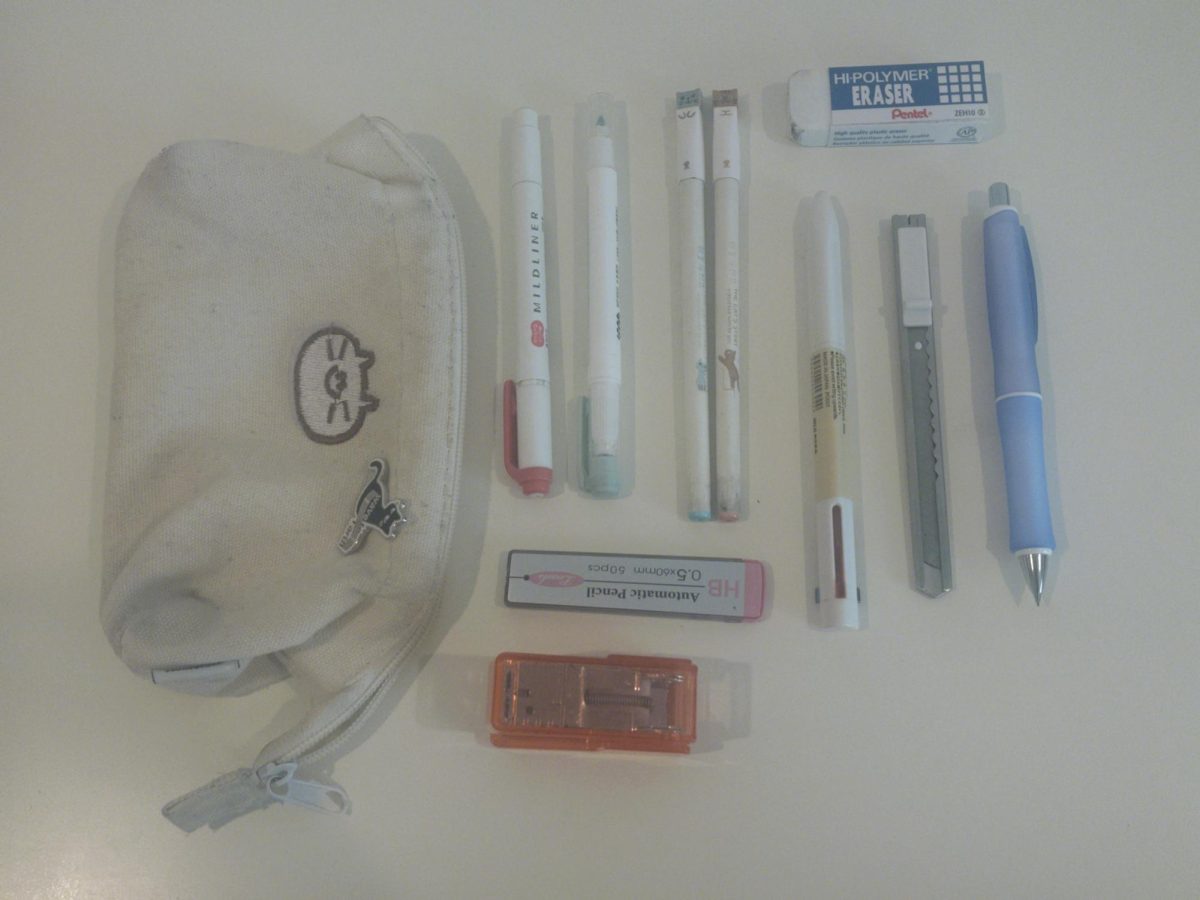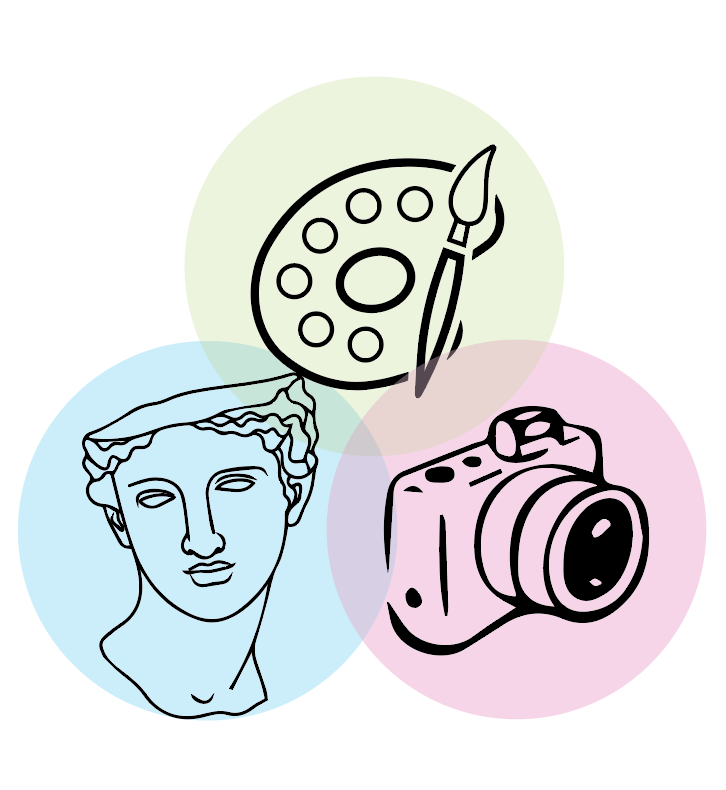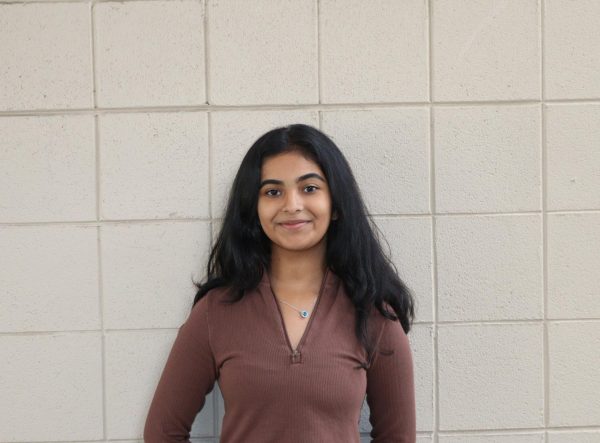When one of art teacher Joel Tarbox’s AP Drawing students expressed interest in creating an AP 2D Art and Design portfolio, Tarbox was unable to oblige the request because the course was not offered here this year.
While unsuccessful in the short term, the request spurred Tarbox to add AP 2D Art and Design and AP 3D Art and Design as part of the upcoming year’s course list. After submitting a course request to the administration in October, both were accepted before the end of the first semester.
“I wanted to give the students an opportunity to allow themselves to go a bit deeper with their exploration of various mediums,” Tarbox said. “It’s not like [the school] had to hire any new teachers, so I thought it would be a good idea to offer them to students.”
Each course will allow students to fulfill 10 credits in the visual performing arts category for graduation. The courses will take place as separate, smaller sections of AP Drawing for AP 2D Art and Design and Ceramics 1-3 for AP 3D Art and Design. Although those in AP 3D Art and Design must take Ceramics 3 beforehand, students interested in AP 2D Art and Design will not have to take AP Drawing as a prerequisite.
AP 2D Art and Design has three signups while AP 3D Art and Design has four — which is the main reason Tarbox decided to offer them as subsections of the existing AP Drawing and Ceramics 1-3 courses. For a school as small as Saratoga High, Tarbox figured that it was more reasonable for a smaller group to be embedded in more popular classes like AP Drawing.
Although AP 2D Art and Design will run during the same periods and in the same classroom as AP Drawing, the respective students will work with vastly different mediums and art forms, Tarbox said.
While students in AP Drawing focus more on “mark making,” or the creation of lines, patterns, textures and shapes through mediums such as paint or pencil, students in AP 2D Art and Design will focus on other modes of creating art on two-dimensional surfaces such as graphic design, photography or printmaking.
Similarly, while Ceramics 1-3 introduces students to methods of clay construction and uses various tools to develop mugs, bowls, vases and cylinders on a potter’s wheel, AP 3D Art and Design will allow students to explore art in different 3D disciplines such as sculpting, metal work and 3D printing.
Sophomore Amy Pan, who is enrolled in AP Drawing this year, has signed up for the AP 3D Art and Design course for the freedom it provides in working with new mediums and expanding her art portfolio.
“My art portfolio currently consists of painting and drawings, but 3D art has always been interesting to me, so I decided that I wanted to take AP 3D design class as a perfect opportunity to explore different aspects of art,” Pan said. “I’ve seen a lot of cool sculptures that I want to explore and I want to try new things like fiber art.”
In order to finance these various new mediums, the courses will tap into the budgets allocated for Ceramics 1-3 and AP Drawing. Initially, there will be no new funding, unless students require new supplies for their projects that the school does not already have — in which case Tarbox will look to sources like the Parent Teacher Student Organization (PTSO) and donations from students’ families.
As with any art course, the students will put together a portfolio that follows “sustained investigation,” a series of pieces based on a concept that they build upon for the entire year. The goal is for students to demonstrate experimentation and development as well as cohesion of ideas within the portfolio, he said.
“The expectation is that you’ve done enough art before and you understand enough about it that you can succeed with the support of a teacher,” Tarbox said. “It’s an experience of an advanced art class where you’re choosing the medium, the subject matter and the concept that lies behind it.”
The students in AP 2D and 3D Art and Design will spend the first month of school working out ideas for their sustained investigations, and after students begin work on their pieces, there will be regular group check-ins where they are graded on progress and quality.
Tarbox is anticipating a positive response from the students who have signed up.
“I’m just glad that there is excitement from the students,” Tarbox said. “I’m happy to be able to offer a little bit more to those that would benefit well from the courses.”




























